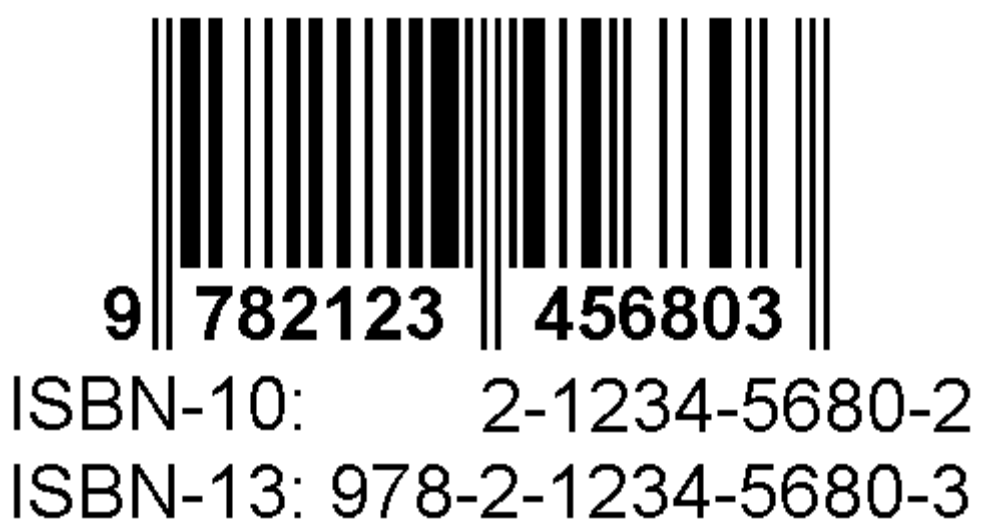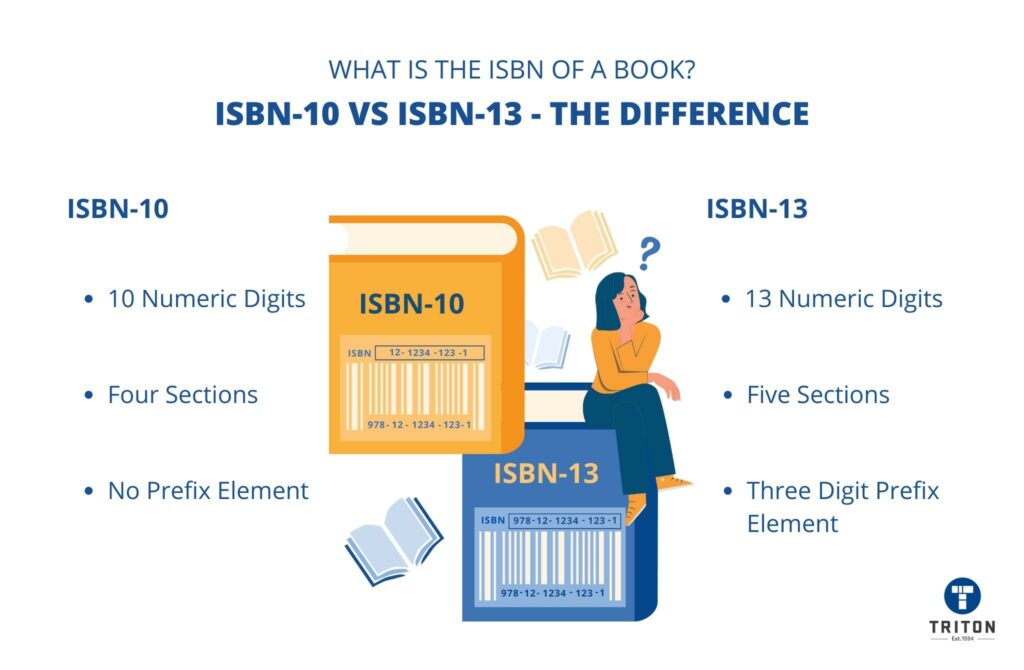ISBN-10 and ISBN-13 are two different formats of International Standard Book Numbers (ISBNs) used to uniquely identify books and other publications. Here’s a comparison between the two:
ISBN-10
- Format: Consists of 10 digits.
- Structure: Usually structured as follows: Group identifier (1-5 digits), Publisher identifier (2-7 digits), Title identifier (1-6 digits), and a check digit (1 digit).
- Check Digit Calculation: The check digit is calculated using a modulo 11 system, where each of the first nine digits is multiplied by its position number (1 to 9), summed up, and the remainder when divided by 11 gives the check digit.
- Introduction: Used from 1970 until 2007.
- Use Case: Some older books still have ISBN-10 numbers, but they are largely deprecated.
ISBN-13
- Format: Consists of 13 digits.
- Structure: Usually structured as follows: Prefix element (978 or 979, 3 digits), Group identifier (1-5 digits), Publisher identifier (2-7 digits), Title identifier (1-6 digits), and a check digit (1 digit).
- Check Digit Calculation: The check digit is calculated using a modulo 10 system, where each digit is alternately multiplied by 1 or 3, summed up, and the remainder when divided by 10 gives the check digit.
- Introduction: Introduced on January 1, 2007, to expand the capacity of the ISBN system.
- Use Case: All new books and publications use ISBN-13 numbers.

Key Differences
- Length: ISBN-10 is 10 digits long, while ISBN-13 is 13 digits long.
- Prefix: ISBN-13 includes a 3-digit prefix (978 or 979) which aligns with the EAN-13 barcode format.
- Check Digit Calculation: Different algorithms are used for calculating the check digit in ISBN-10 and ISBN-13.
- Adoption: ISBN-13 is the current standard, while ISBN-10 is now deprecated but still recognized for older publications.

Conversion
- From ISBN-10 to ISBN-13: Add the prefix “978” to the ISBN-10 number (excluding the original check digit) and then recalculate the check digit for the new 13-digit number.
- From ISBN-13 to ISBN-10: Remove the prefix “978” from an ISBN-13 number and recalculate the check digit for the remaining 9-digit number. This conversion is only valid for ISBN-13 numbers starting with “978”.
Example
- ISBN-10:
0-306-40615-2 - ISBN-13:
978-0-306-40615-7
The transition from ISBN-10 to ISBN-13 was necessary to accommodate the growing number of publications and to integrate with international product numbering systems more seamlessly.
Need an ISBN? Click Buy Now below:


